MusicRadar Verdict
The Resonator is a unique British invention and this version gives you a sound unlike any other. It is fat and airily uncluttered. Alan is a wily old bird and whatever it is that he does, his drums always come up trumps sound-wise. Ultimately you are getting professional sounding tubs at upper budget prices.
Pros
- +
The Resonator principle delivers a unique fat, thick sound unattainable from any other drums.
Cons
- -
The kit's relatively low cost means that the fittings are sometimes not the best or most fashionable.
MusicRadar's got your back
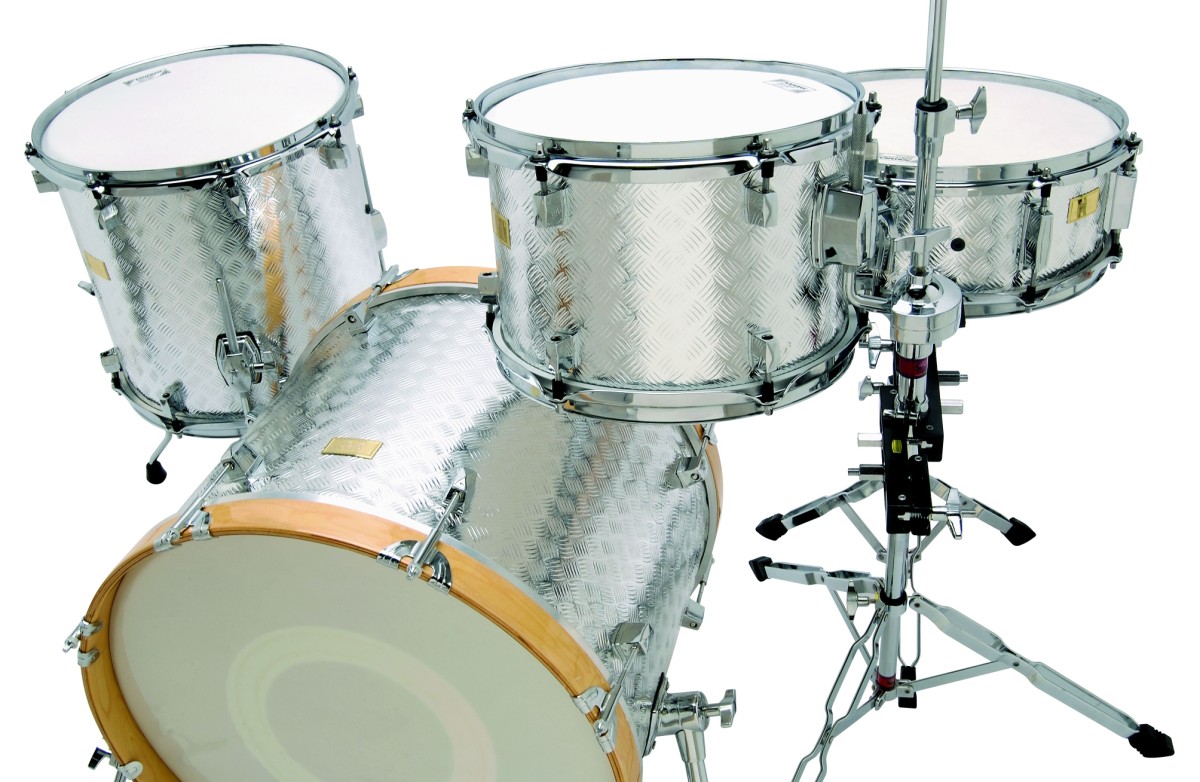
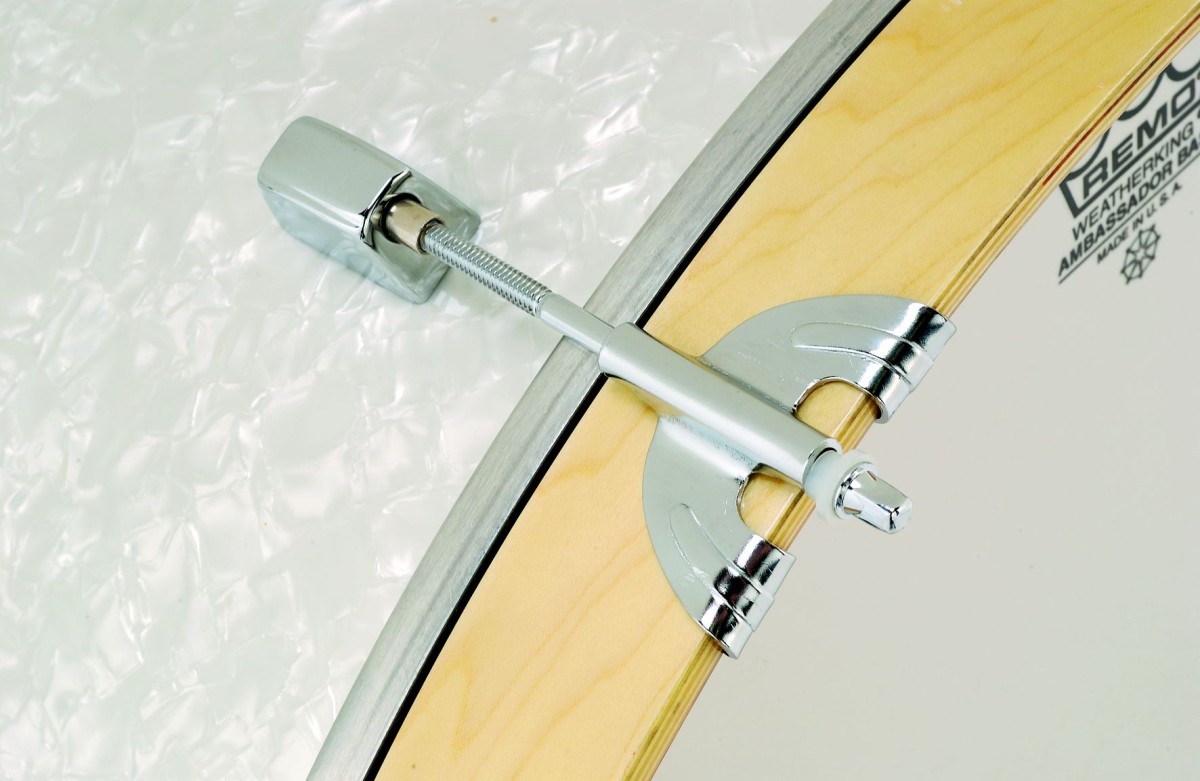
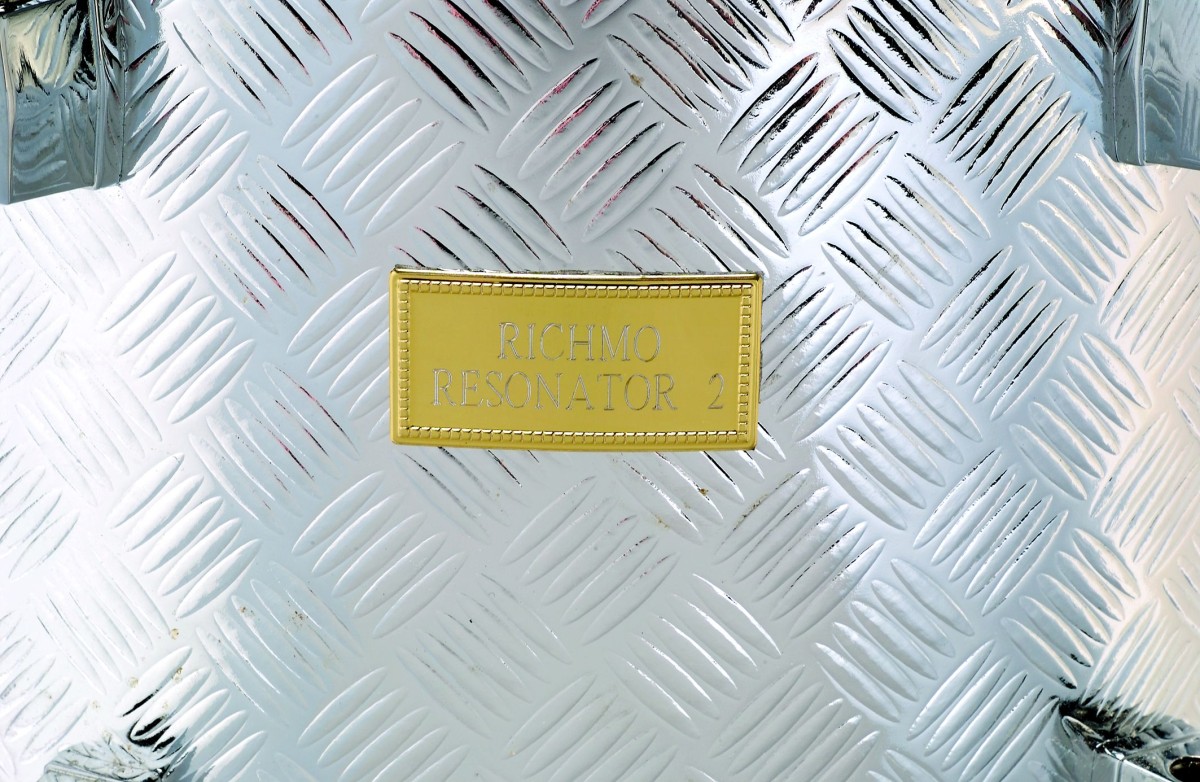
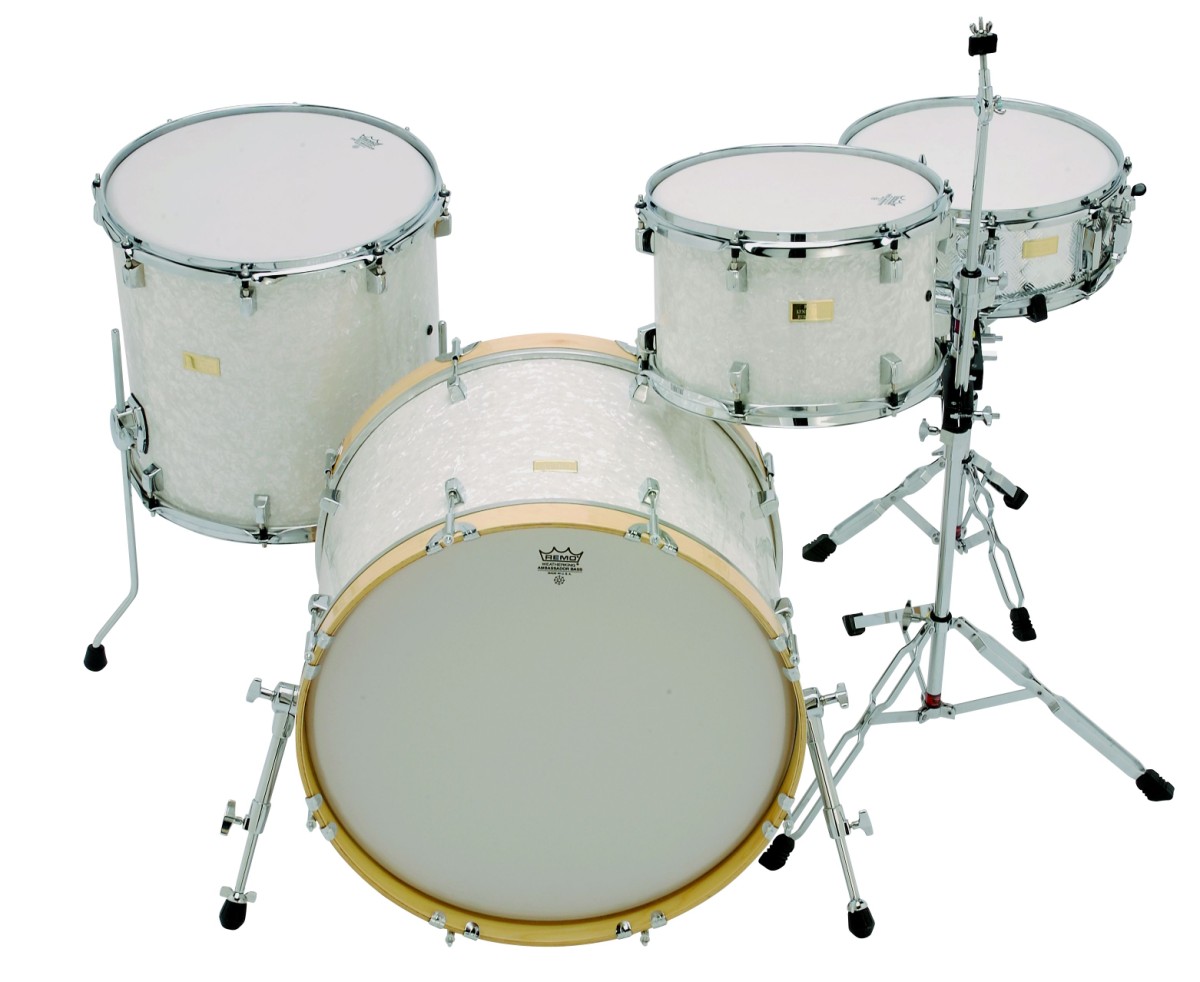

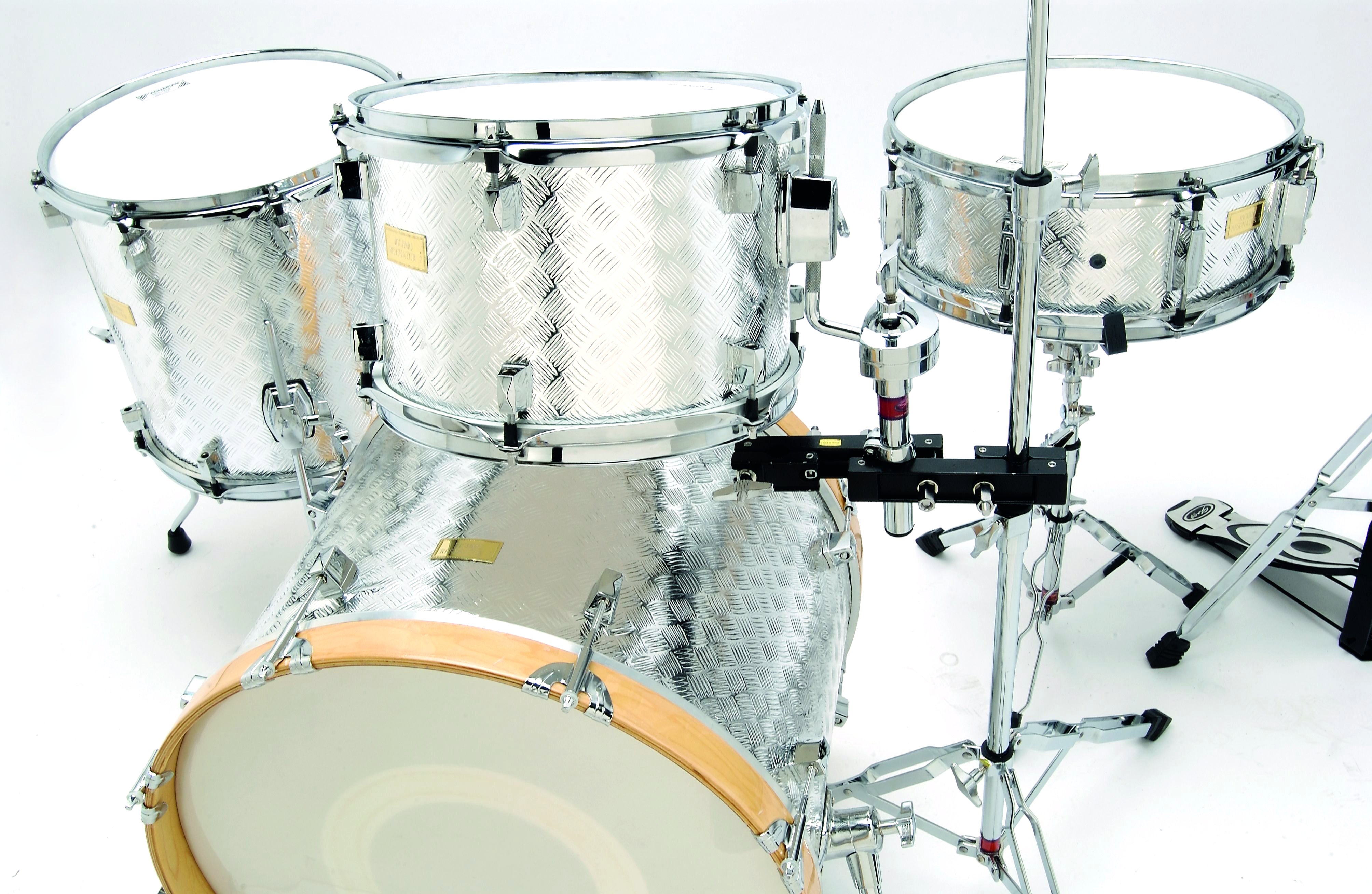
The term Resonator was first coined in the '70s with the Premier Resonator kit. The name derived from the fact that Resonator drums had twin shells. They had a normal outer shell and - sprung inside - a thinner 'resonator' shell that was separated from the outer shell by a small air gap, like a cavity wall.
The idea was that all the mounting hardware, lugs, spurs, etc, were fitted to the outer, stronger shell, while the inner shell was smooth as a baby's bum. This inner shell would then act as a resonating chamber, unfettered and free to sing, enhancing the projection of the drum.
The Resonator proved popular, but Premier moved on and eventually ceased production. Now, what many drummers did not know, was that the Resonator was invented by Staffordshire drum builder Alan Gilby, who is today known for his handmade Richmo line of drums. Alan came up with the idea in 1972 and first fitted it to a Ludwig snare belonging to his friend and great jazz drummer, Kenny Clare. (The drum now belongs to Garry Allcock).
Kenny was suitably impressed and he and Alan took the idea to Premier, who subsequently did the decent thing and paid them a royalty for every Kenny Clare Resonator drum that it sold. Resonator rides again Now Alan has decided to update the idea with these new Richmo Resonator-2 drums. They follow the old principle but with a significant modification.
It is best if Alan explains himself. First, the basic Resonator principle: "Every musical instrument is made up of two parts, a vibrator and an echo chamber," he says. "For example, woodwind instruments have a vibrating reed and a thin tube as the echo chamber. With a drum, the head is the vibrator and the shell is the echo chamber. While other instruments have a thin echo chamber, drums need to have a thick echo chamber, since they must bear the stresses of the tensioning system. So it's a Catch 22 scenario."
However, Alan has thought of a way round this conundrum.
He continues: "I realised that if the heads sat only on the thinner, inner shell, that could become the echo chamber, while the outer shell could take all the stress." In other words, with the new Resonator, the bearing edges are cut only on the inner shells and not on the stronger outer shells as in the original design. The first results of this modification are seen here.
The larger White Marine Pearl kit is a standard 22", 13", 16"; the sizes and finish favoured by Kenny Clare. The other kit, in smaller 20", 12", 14" sizes with matching 14"x51/2" snare, was made for one of Alan's endorsees, Mike Hales, who chose the Chequer Plate embossed chrome wrap himself.
Spring construction
Alan uses first quality Finnish birch ply and makes all the shells in his barn. He hand bends the plies over wooden formers and there is no heating or wetting involved.
Each drum has a six-ply outer shell, 8mm thick, with 4mm internal hoops at each end. The extremely thin, 1.5mm inner shell is sprung against these hoops, giving a 4mm air gap that prevents the outer shell damping the vibrations of the inner shell. Therefore the inside of the shell, unlike other drums, is completely free of nuts, bolts, and other things that interfere with the tone of the drum.
As Alan points out, "What other instruments have bolts inside their echo chamber?" Because of this construction the drums take longer to make. An almost complete kit must be built, complete with covering and fittings, before the inner shell is sprung in and bearing edges are cut.
Having what are effectively double shells also makes the drums quite heavy.
In order to preserve the extra resonance, each tension bolt passes through a rubber grommet which has a sleeve extending over the top part of the thread. So the bolt is completely isolated from the metal rim. The bass drums have nylon washers to do the same job.
Sound like none other
The bearing edges are not the usual 45º found on most modern drums but a rather flatter 25º. The reason for this is simply because the inner shell is - at 1.5mm - so thin it might not be strong enough to take a steep angle.
The effect of this is difficult to calculate, but if anything the sound is fatter and warmer. The sound is also deeper because Alan prefers not to sand the inner, vertical ply perfectly smooth, instead leaving a bit of a nap.
The toms have a timbral quality which is unique. Fitted with coated Ambassadors, the tone is quite dense. The bass drums have great projection and the 22", in particular, is a killer drum - it simply roars. It's reminiscent of a '60s Ludwig kit (and that's a compliment). It too has very thin shells and the sound from the Resonator comes mostly from its skinny, inner lining shell.
A thin shell gives a darker, warmer sound and Resonator-2 drums have that in abundance. The snare drum also surprised me. With its old-fashioned Pearl-clone lugs and budget strainer it doesn't look much, but it performs like a drum costing thrice the price. It has the edgy ping you get from a wood shell, together with the sort of fat backbeat that you simply don't get from a metal drum. It's both a pleasant and pleasing sound, bringing a smile to your face.
Rim shots have sharpness and power but are still coloured by the timbre of the wood.
Cutting the cost
After all this praise, is there a downside? Well, we do have one small misgiving. Alan hails from the old school, he gives value for money and he sells his drums quite cheaply for handmade instruments.
One worry is that this can give the wrong impression. For example, some of the fittings on these kits are old-fashioned, such as the bass drum claws, which are not the prettiest compared with some modern designs. The same applies with the generic snare throw-off and snare lugs. This is not a big problem as Alan will fit anything you ask for and charge accordingly, but his drums sound so good we feel they sometimes deserve a little better in the finishing.
MusicRadar is the number 1 website for music makers of all kinds, be they guitarists, drummers, keyboard players, djs or producers...
GEAR: We help musicians find the best gear with top-ranking gear round-ups and high- quality, authoritative reviews by a wide team of highly experienced experts.
TIPS: We also provide tuition, from bite-sized tips to advanced work-outs and guidance from recognised musicians and stars.
STARS: We talk to musicians and stars about their creative processes, and the nuts and bolts of their gear and technique. We give fans an insight into the actual craft of music making that no other music website can.
“A synthesizer that is both easy to use and fun to play whilst maintaining a decent degree of programming depth and flexibility”: PWM Mantis review
“I feel like that song had everything we needed to come back with”: Bring Me The Horizon’s Lee Malia on Shadow Moses, its riff and the secrets behind its tone, and why it was the right anthem at the right time
“I said, ‘Are we sure we can write a song about death?’”: The story of Mike + The Mechanics' classic No.1 The Living Years










